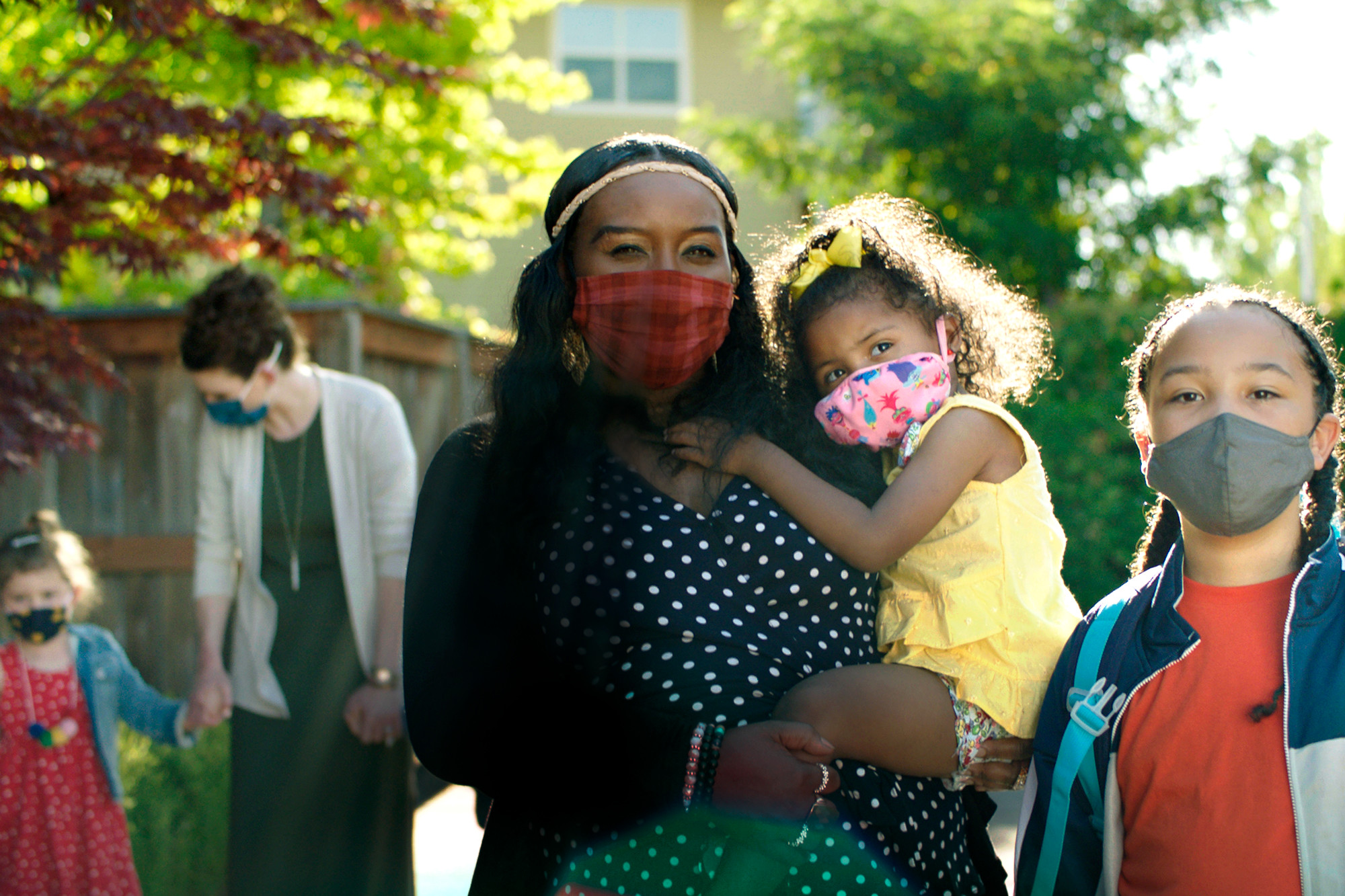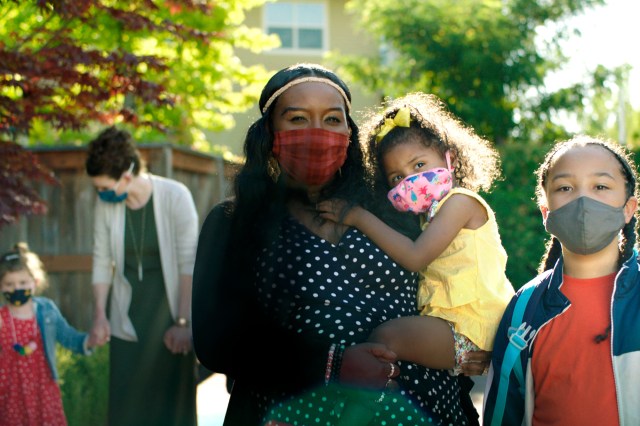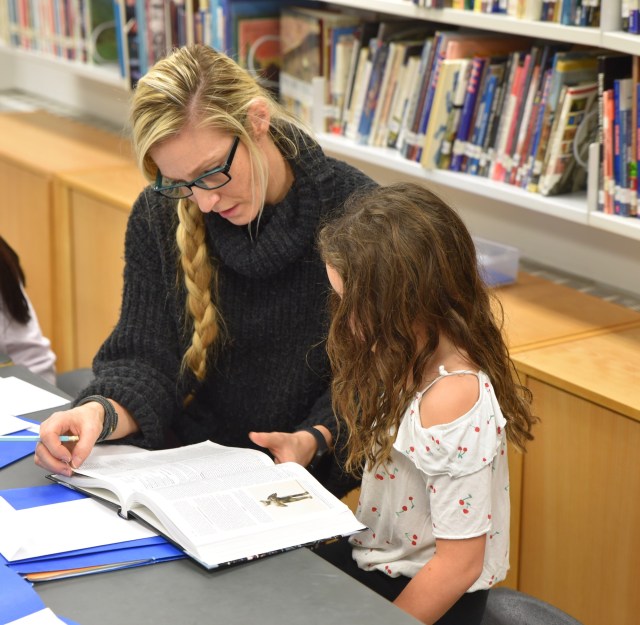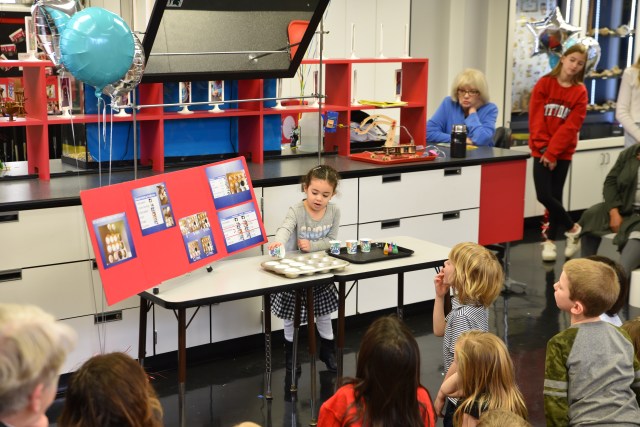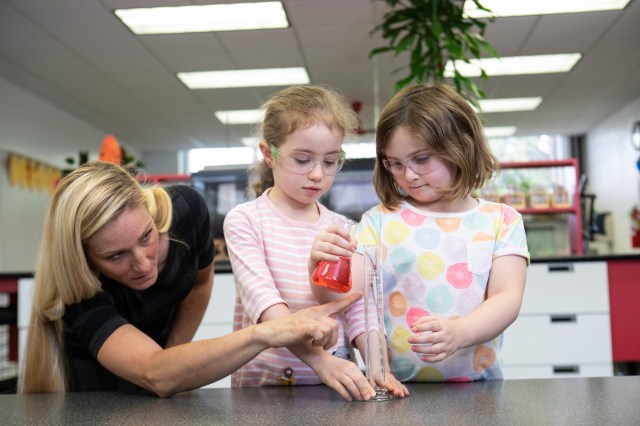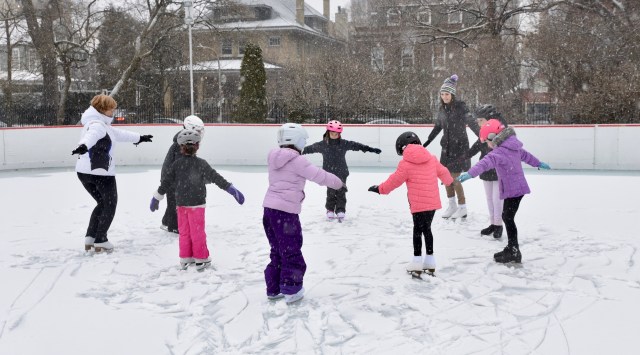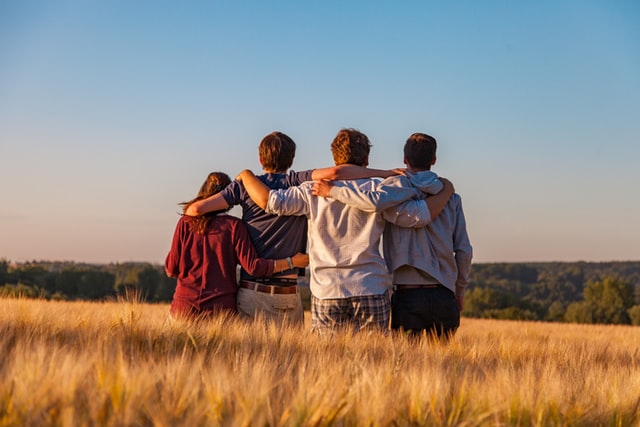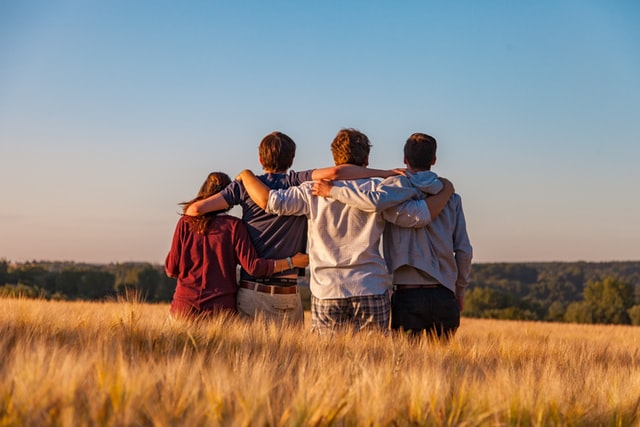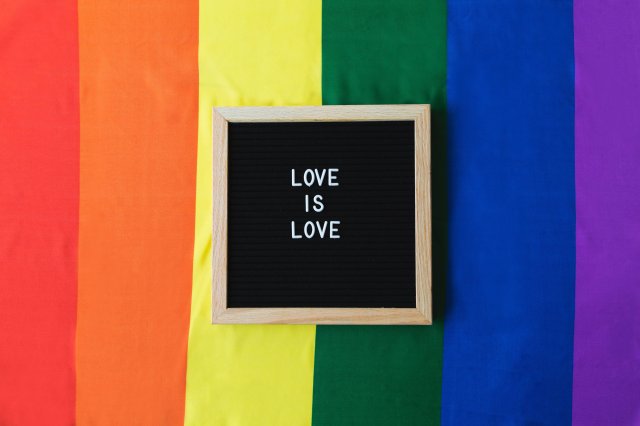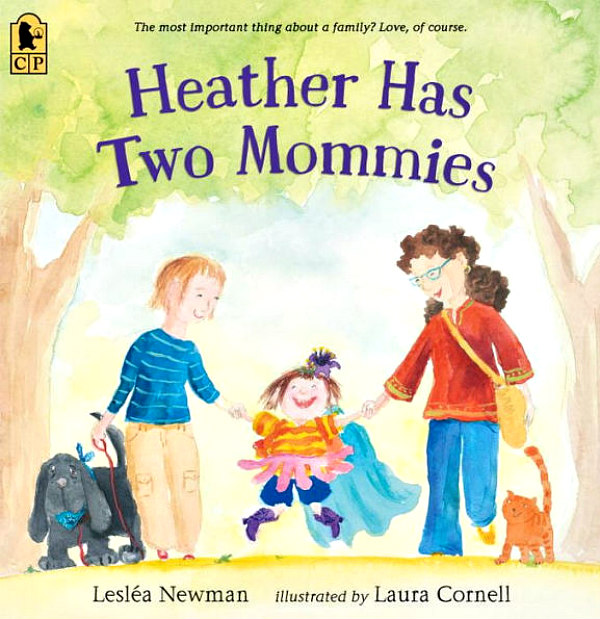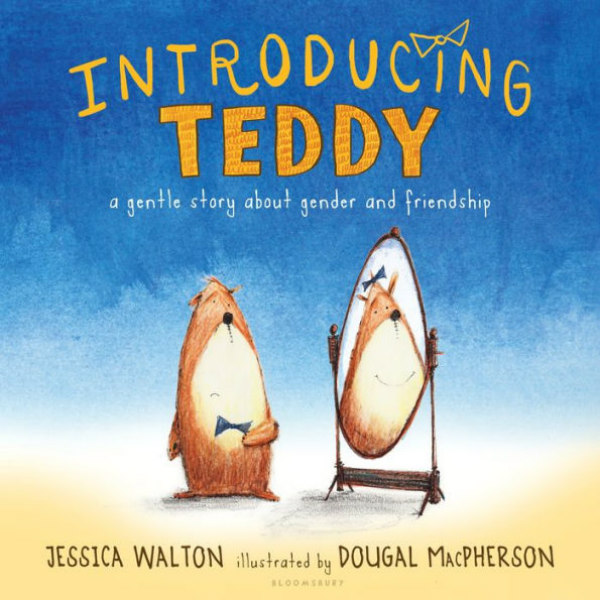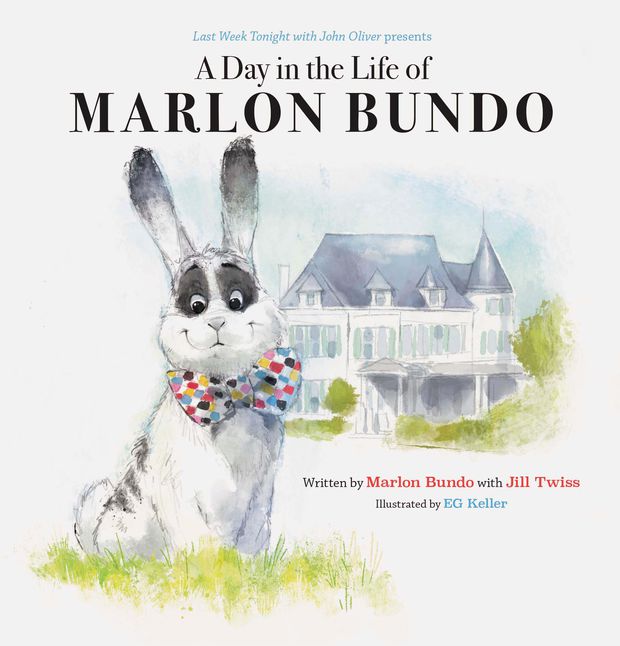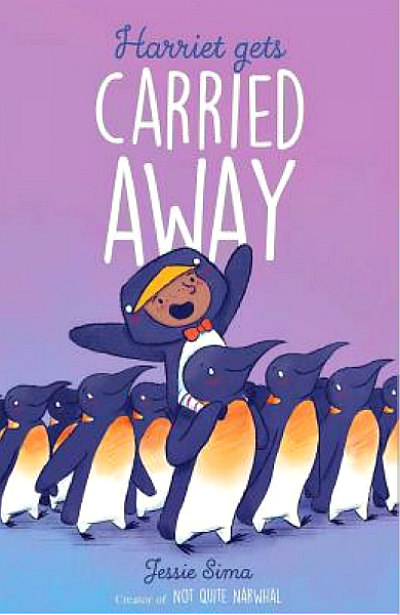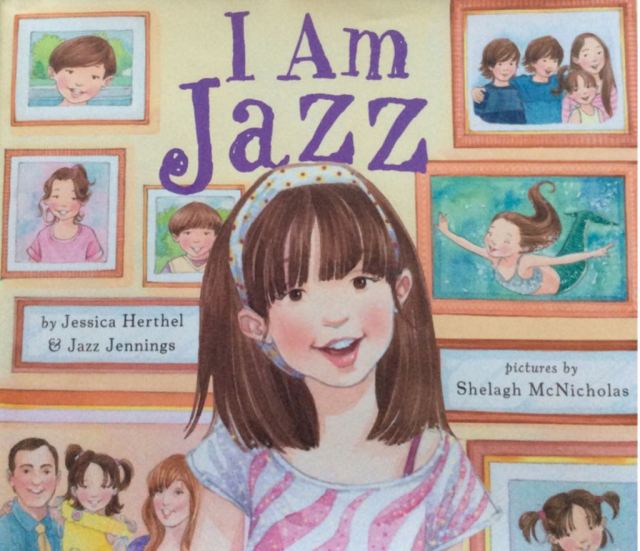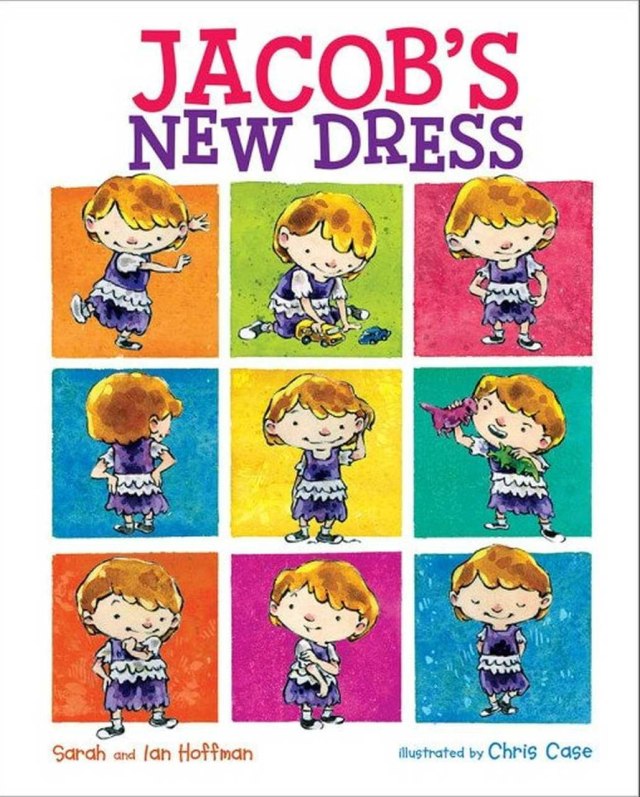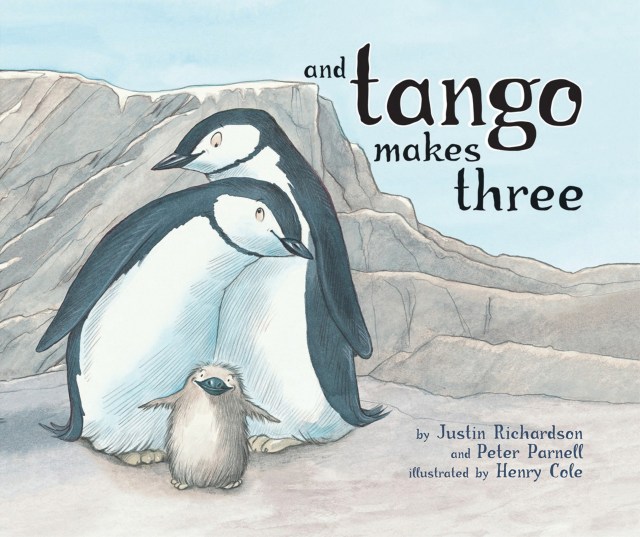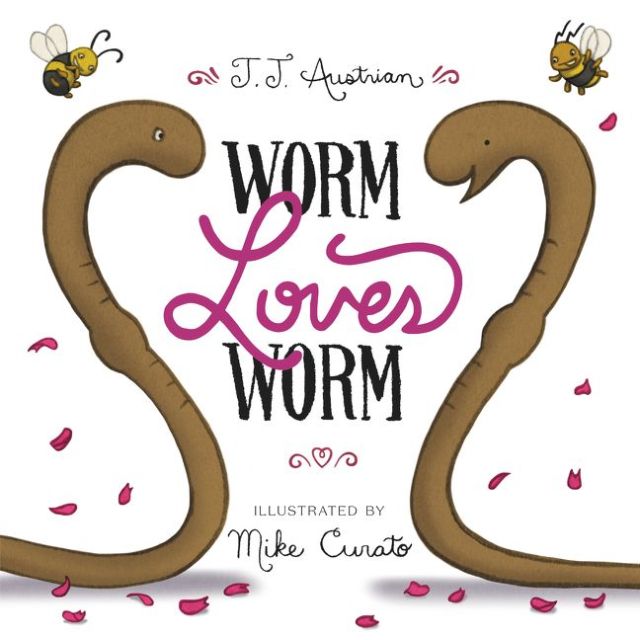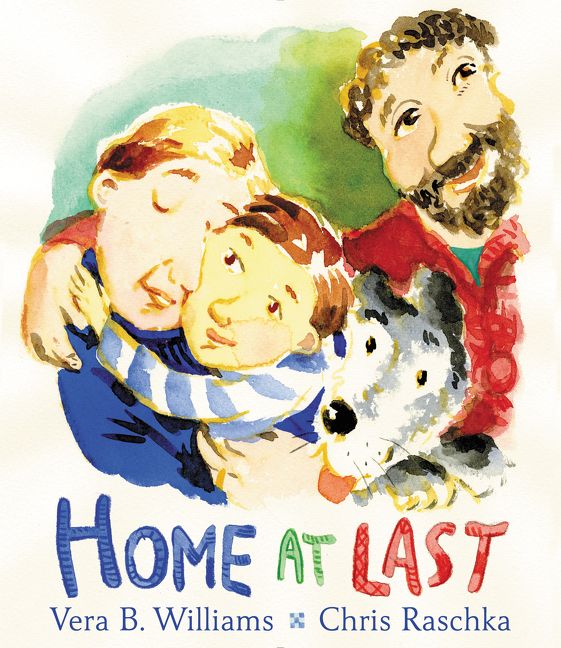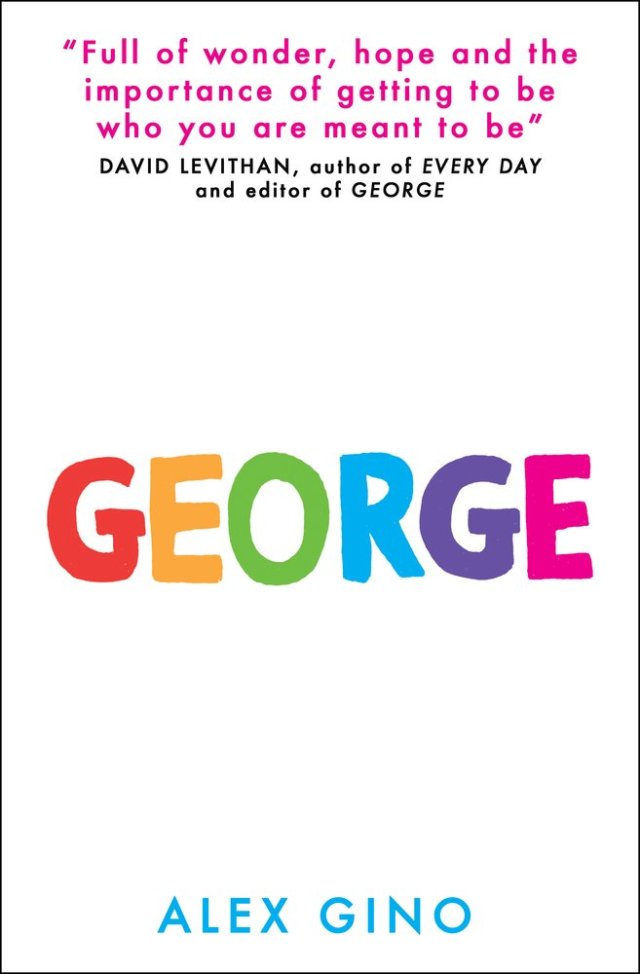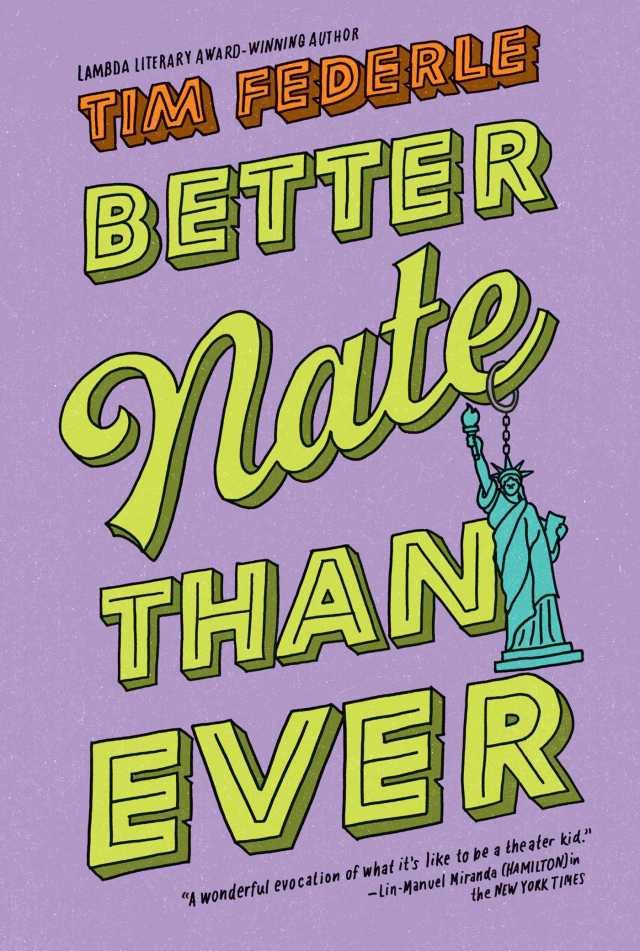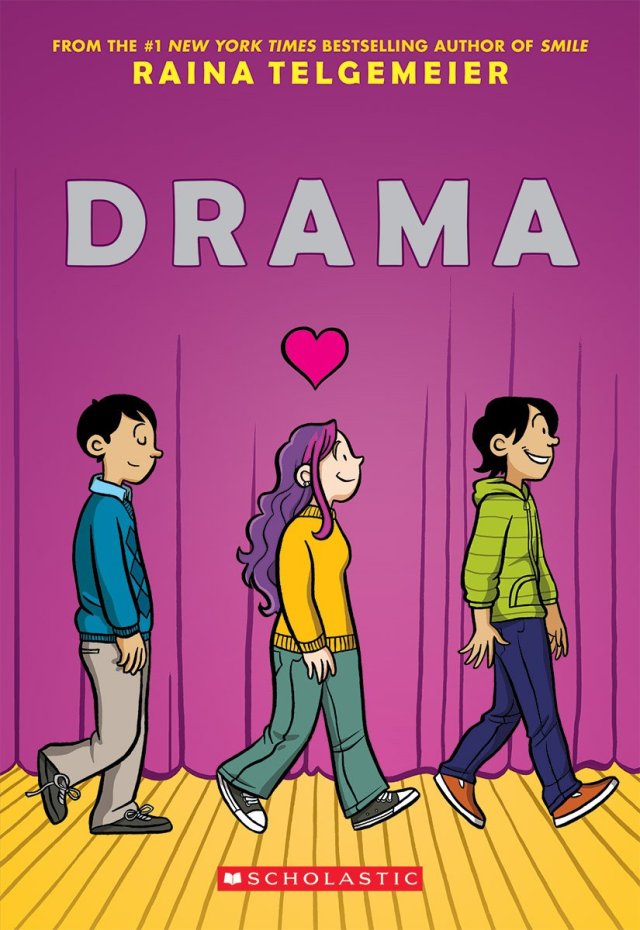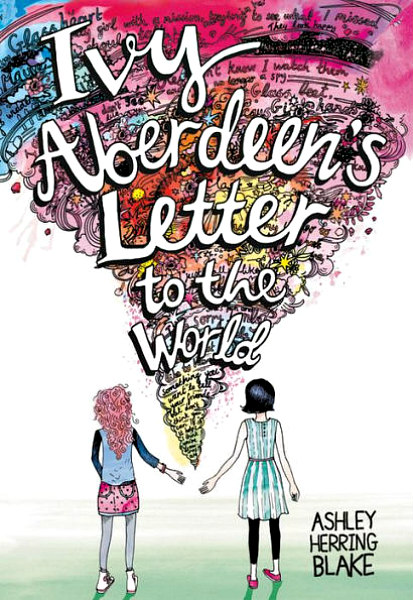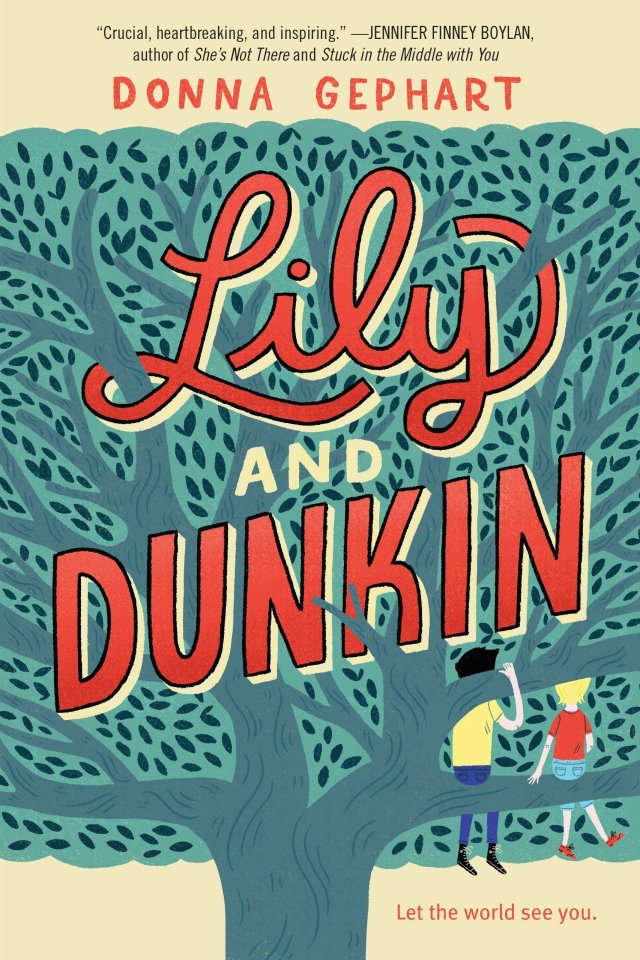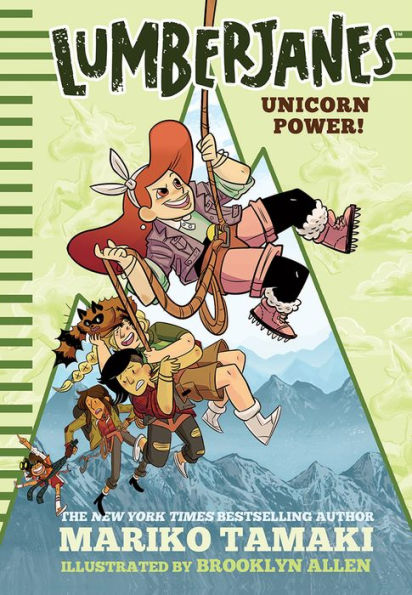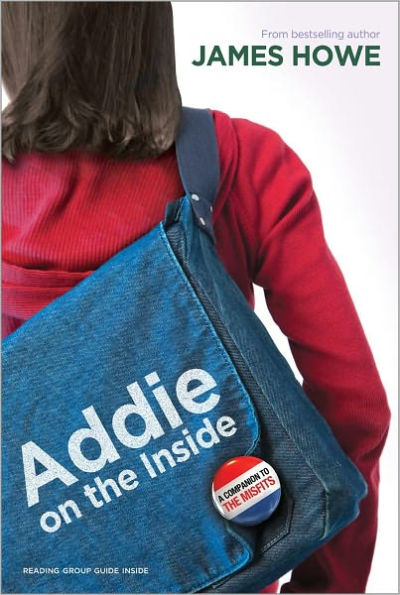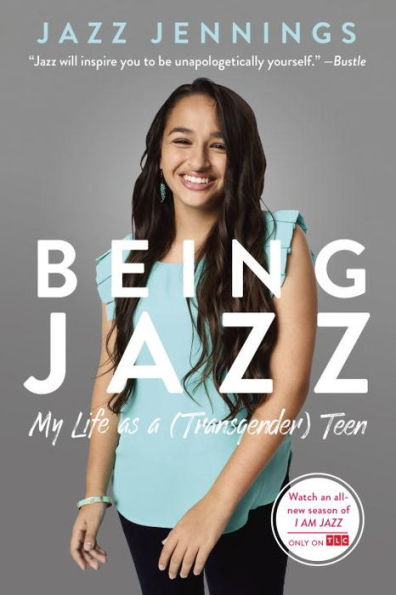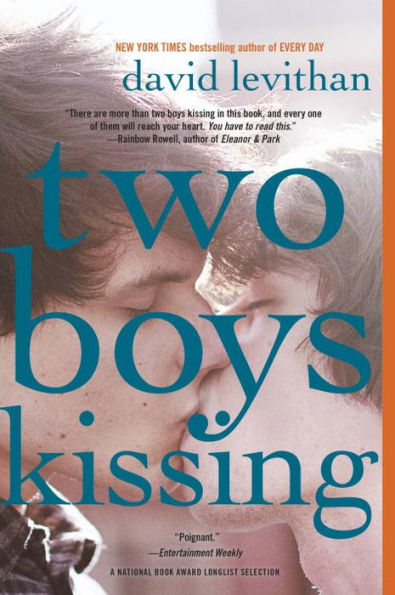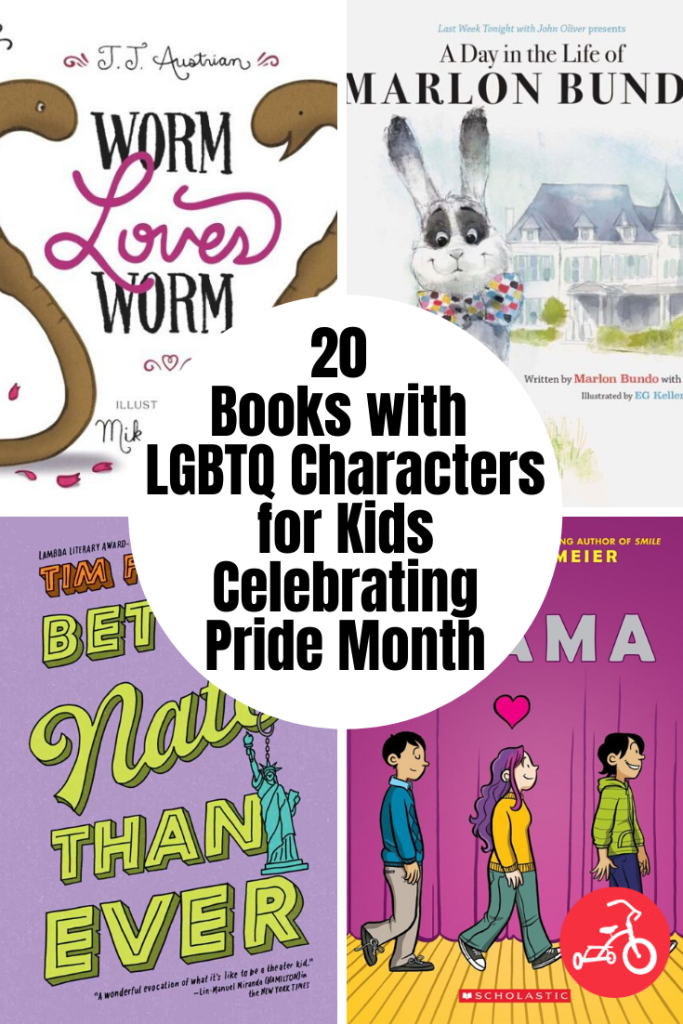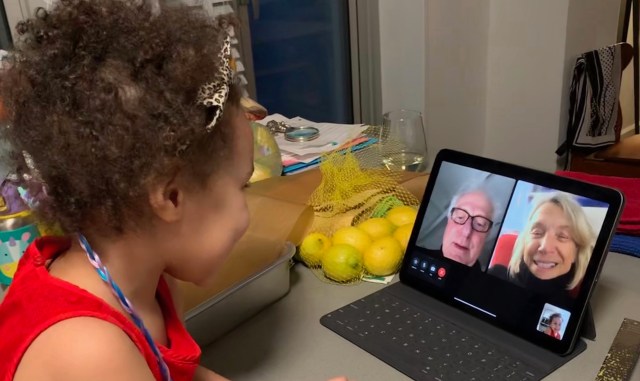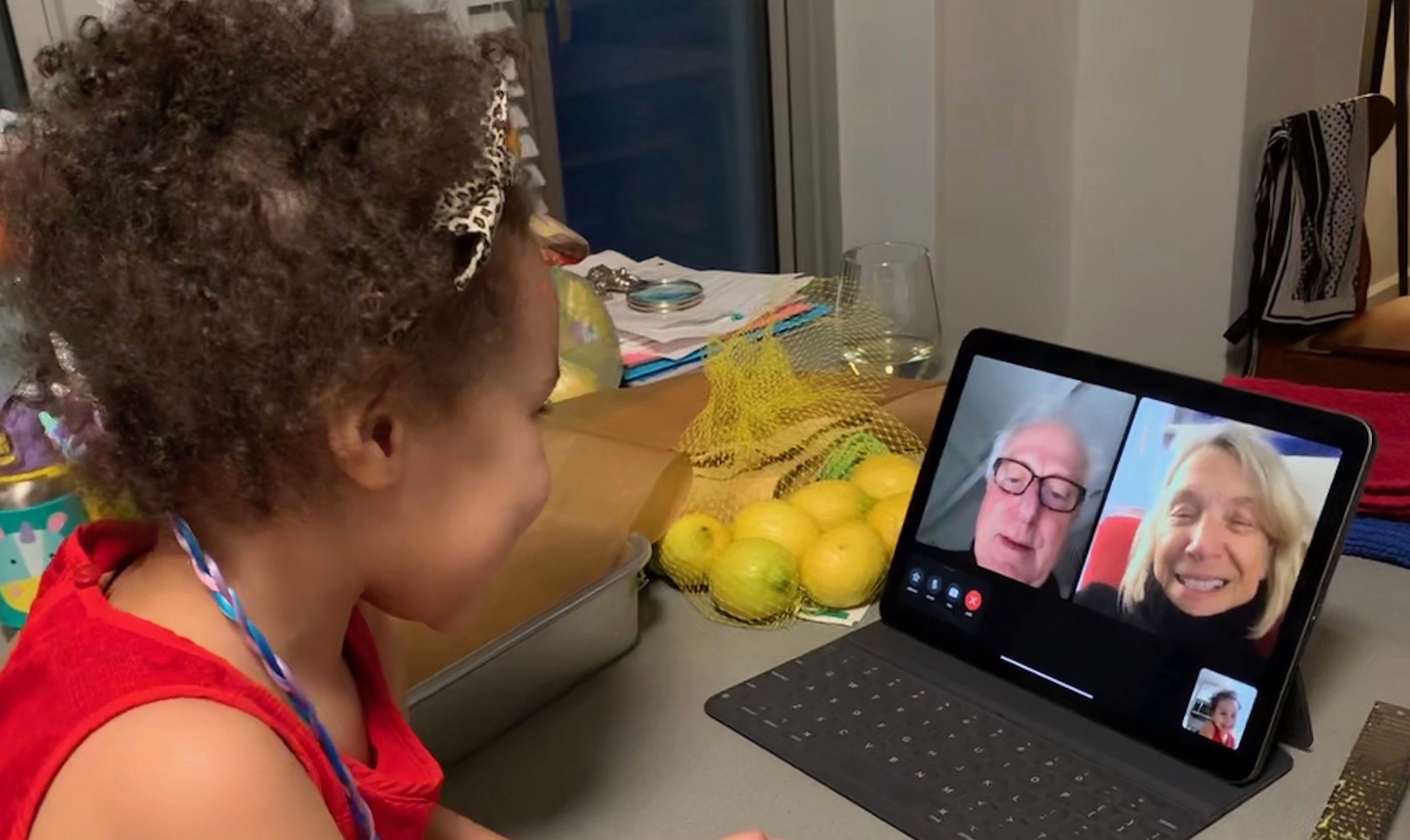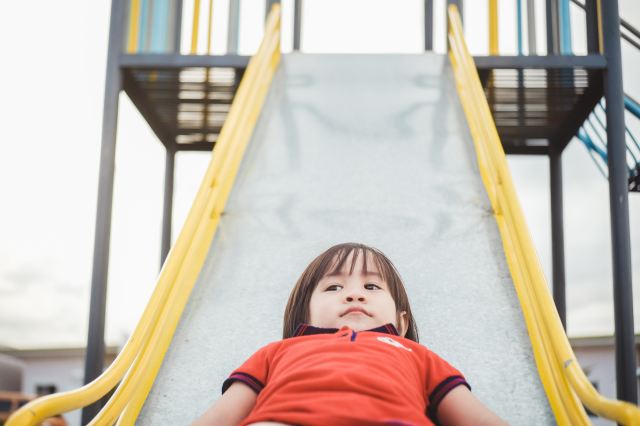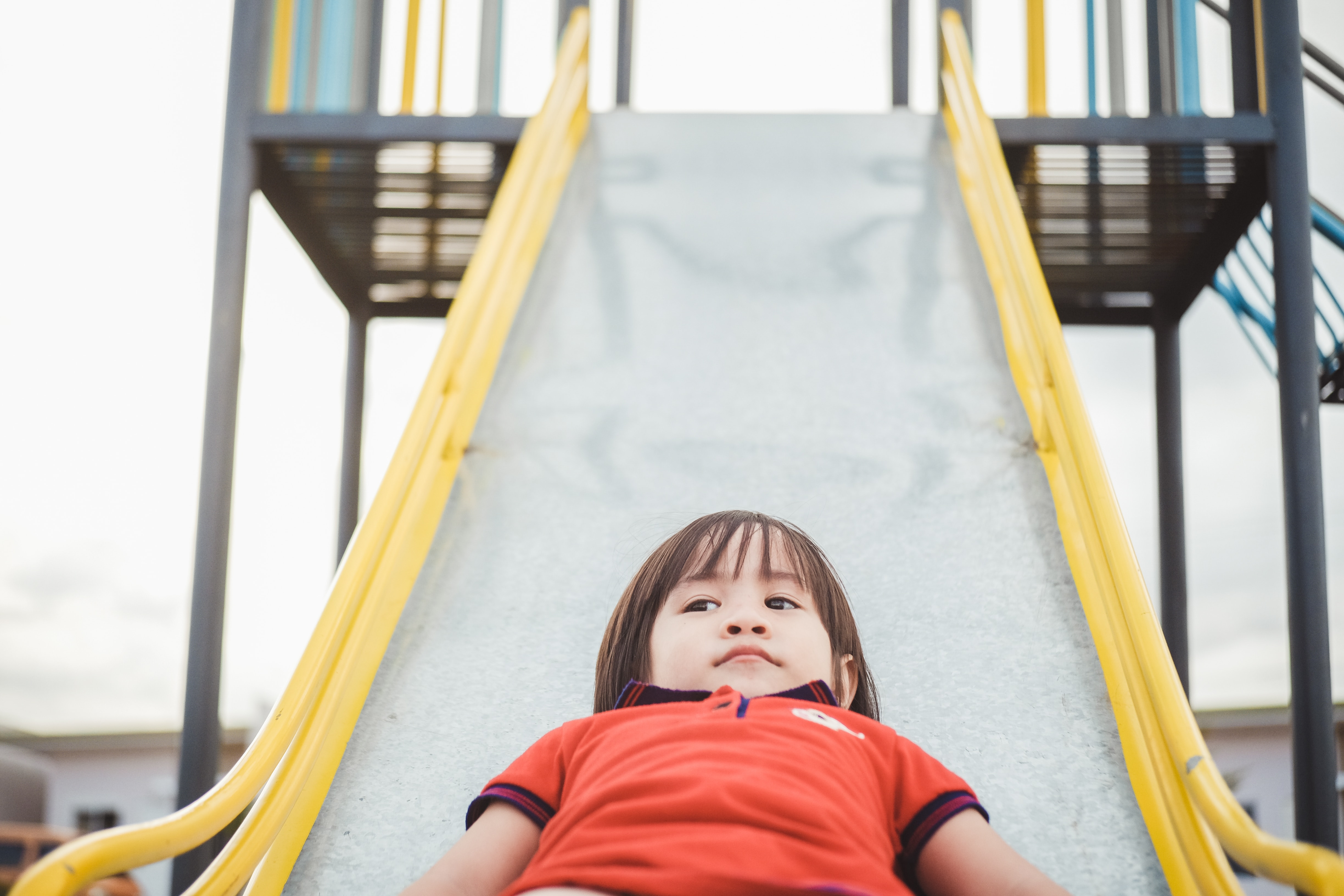Priscilla Gilman is someone you instantly want to become best friends with (and no, not just because rubbing shoulders with an award-winning author would vicariously fulfill all of your secret fantasies of hitting the non-fiction best seller list). A New York native, Priscilla has experienced a bevy of changes recently, both personally and professionally, including ushering in the success of her highly-acclaimed first book, The Anti-Romantic Child: A Story of Unexpected Joy (the book won the Mom’s Choice Gold Award for best biography/memoir), getting married for the second time, and leaving her post as a literary agent. Through it all Priscilla has remained as enthusiastic, generous and savvy as ever (seriously, her positivity is contagious). Priscilla recently took the time to sit down with Red Tricycle to dish about her must-read award-winning book, tricks to how she maintains her own “me” time and her idea of a perfect (and free!) day with her family in the city.
Red Tricycle: The Anti-Romantic Child is such a deeply personal text. What do Benj (age 13) and James (age 9) think of the book and your very public success?
Priscilla Gilman: I didn’t tell the boys that I was writing a book or that it was being published until it was excerpted in Newsweek in April 2011 two weeks before publication. I don’t use last names in the book (they have a different last name than I do), don’t name their schools, teachers, or therapists, and in general have asked their schools and friends to low-key the book’s publication as much as possible for them. Neither of them has read the book. In 13 year old Benj’s words, “it’s a book for grown-ups and I’m not a grownup,” and 10 year old James’ refrain is: “maybe someday Mommy you could write a book about me?!”
They were both really excited when my book was one of five nominees for a Books for a Better Life Award. They like it that the book can help people and support families and kids. I think Jamesie’s proudest moment was when I told him I’d been invited to speak at his best friend from pre-school’s school, and Benj was especially thrilled when the book won the Mom’s Choice Gold Award last month. Upon hearing the news, he exclaimed: “Mommy, that’s great! Congratulations! If you win seven more, you’ll be like the Beijing Olympics’ Michael Phelps of book writing!” Plus he loves the Gold Seals and certificate that came with that award.
RT: Between books tours, speaking engagements, and being the author of a highly acclaimed book (not to mention a full-time mom and wife), we imagine you must wear many hats at once. Do you have any pearls of wisdom for other working moms and dads who struggle to balance their work and family lives?
PG: My biggest pearls of wisdom would be to go easy on yourself, have compassion for yourself, and know that you’re doing the best you can. There will be some periods and some years when you’re working more, others when your children’s needs may be greater and you may have to dial back the intensity at work. For those families where both parents work full-time, it’s crucial to find a caregiver you can put your total faith and trust in, not just to get to your kids where they need to go or protect their physical safety but more importantly to be the right kind of person to nurture and support their emotional growth.
When I was growing up in New York in the 1970s, my parents both had very high-powered careers, but I had a third parent, my incredible nanny Carrie Campbell, who was the best person I have ever known and taught me more about kindness, empathy, and generosity of spirit than anyone else. When I left my day job as a literary agent in November 2011, I traded in the regular and good salary for the ability to do more advocacy work and have more flexibility to do pick-ups and after-school homework with the boys. We no longer have a regular babysitter, so I’m very lucky that my ex-husband is also a free-lancer and able to be very involved in the children’s daily lives.
Some more advice: Grab little windows of time (while you’re waiting in line or during your commute) to listen to audiobooks or music, read, or catch up on personal emails. Take time to nourish yourself. For me, that means making sure to meditate at least once a day for 20 minutes. When it’s the late afternoon or early evening of a long day juggling a million different responsibilities, the only thing that can restore me to a sense of peace and balance is a retreat to a darkened room for a little meditation. I’ve taught the kids to respect Mommy’s meditation time, and I think it’s a great lesson for them about the need for self-care and alone time. Finally, I think it’s important to remember that the best thing you can do for your children is to be a happy, fulfilled, kind, and generous person who models what a good and meaningful life can be for them.
RT: You’ve been able to deeply connect with other parents through your book (in no small part thanks to social media). What has been most surprising about your journey the last year?
PG: The most surprising and rewarding aspect of becoming a published author has probably been how often people tell me that I’ve put their own experience into words, that reading The Anti-Romantic Child, they felt as if I had “written their lives” in my book. For example, here’s a message I received last week via my author Facebook page:
I have a 3 year old son, called Sam and we live in England. There are such striking similarities between Sam and your descriptions of Benj and of you and I (from childhoods to love of Wordsworth and pre and post Benj/Sam notions of parent and chilld-hood) that it is as if you have taken all my chaotic and jumbled thoughts and feelings, sorted them out, interwoven, supported and validated them with my favourite poetry and created a book that has not only been a joy to read from a literary perspective, but which has also filled me with hope for Sam’s future and given me a new energy and new ideas to help and support him! I don’t know what the future holds for Sam (and I’m learning to stop trying to care or plan that!), but I hope that in 10 years time he will be enjoying as happy and fascinating a life as it sounds as if your Benj is now. Thank you so much for your wonderful book!
I can’t imagine a more gratifying response to my book. The best thing about being a public presence is the ability to offer solidarity and support, consolation and inspiration to other people.
RT: It’s almost back-to-school time! Does your family have any back-to-school traditions? Do you have any favorite shops to score back-to-school gear?
PG: My boys traditionally spend the last two weeks of summer in Maine with their father and cousins, aunts and uncles on my ex-husband’s side; their grandfather, an architect, built a small cottage there that they stay in and they hike a different mountain every day.
A few days before they leave the city for their bucolic retreat, we do their annual check-up at the pediatrician which is always followed by a Barnes & Noble stop and a treat at Europan (french fries for Benj, pizza for James). We also take them to Harry’s Shoes on the Upper West Side to get their feet measured and new sneakers purchased. While they’re away, I do the back-to-school shopping online via LL Bean (for lunch boxes, backpacks, parkas, and winter boots) and Lands End and MiniBoden for clothes. Upon their return, we always print out the football Giants schedule and post it on Benj’s bulletin board. That’s as important a back-to-school ritual as any other for us!
RT: What’s your idea of an ideal free day in the city with your family?
PG: Six months ago, I married for the second time, and now have a brand-new husband and nine year old stepdaughter, so we’re still in the process of creating rituals and figuring out what works best for our blended family. Typically when we have a free day with all three kids here, my husband takes the two younger kids out for an indulgent breakfast/brunch- pancakes or french toast- at a local diner; Benj and I, both of whom are on restricted diets (he’s on a gluten/casein free diet and I don’t eat dairy products due to sinus problems), stay in, sleep late, and catch up on sports news via ESPN and the New York Times. For outings that please everyone, we like the American Museum of Natural History.
In the summer, wherever we are in the city, we try to find a Mr Softee truck so the two younger kids can get ice-cream on a street corner. I always try to build in some alone time for each family member- quiet reading or emailing for the grown-ups, each child playing or reading solo in his or her room. In the evening, we like to watch a family movie (recent favorites include Fly Away Home, Wargames, The Goonies, and The Black Stallion) or TV show (we like vintage Hardy Boys/Nancy Drew episodes, Phineas and Ferb, and American Ninja Warrior — one that everyone from my 9 year old stepdaughter to my 43 year old husband enjoys) as a family over dinner, play a family game like Beat the Parents! or Scavenger Hunt, and do some reading aloud as a group, each of us taking different characters/voices. The night would conclude with me and Benj singing mellow duets- him on guitar and harmony vocals, me on lead vocals-, as a “performance” for Chris, Rafa, and James. Benj has a lot of anxiety about performing, but will gladly do it if it pleases his siblings. “Our House” by Crosby, Stills, & Nash is my stepdaughter’s favorite, and James always requests “Sweet Baby James” by James Taylor.
RT: Do you and Chris have any favorite date night spots?
PG: We usually do our “dates” on weekend afternoons when the kids are with their other parents. Our favorite date spots are two of New York City’s greatest treasures, and they’re both essentially free!: the MET museum and Central Park. Evening dates usually involve seeing live music. Our favorite theaters are the Beacon, where we’ve recently seen Crosby, Stills, & Nash and Robert Plant, Radio City Music Hall, where we’ve recently seen Further and Iron & Wine, and the outdoor theater at Jones Beach, where we saw the Beach Boys reunion tour a few months ago.
RT: What’s your family reading now?
PG: We always have a bunch of books going! I’m reading the original Paddington series out loud to 10 year old Jamesie and he is loving it as much as I did when I was a little girl. My husband is reading a great new-ish book called The Puzzling World Of Winston Breen out loud to Rafaella and James. As a younger child, now 13 year old Benj read almost exclusively non-fiction, but over the last few years he’s begun to gobble up sports fiction by Matt Christopher and Mike Lupica and to truly enjoy novels. This summer, his favorites included The Absolute Value of Mike by Kathryn Erskine, Wonder by R. J. Palacio, and The Book Thief by Markus Zusak (what an amazing book!). He’s even gotten entranced by The Secrets of the Immortal Nicholas Flamel series, a favorite of his fantasy-loving younger brother. James is a voracious reader of fantasy novels. His favorites include the Brotherband Chronicles, Blake Charlton’s Spellwright Trilogy, and of course, Harry Potter and the Lightning Thief series. He’s very excited for the upcoming series by Rick Riordan featuring Norse myths.
About Priscilla:
Priscilla Gilman is the author of The Anti-Romantic Child: A Memoir of Unexpected Joy (Harper, 2011), a profoundly moving and compellingly universal book about family, parenthood, and love. Featured on the cover of Newsweek magazine’s international edition in April 2011, The Anti-Romantic Child, Gilman’s first book, was also voted as one the Best Books of 2011 by the Leonard Lopate Show, and chosen as a Best Book of 2011 by The Chicago Tribune. The Anti-Romantic Child was one of five nominees for a Books for a Better Life Award for Best First Book and in July 2012, it was awarded the Mom’s Choice Gold Award honoring the best in family-friendly media, products, and services.
Priscilla was born at New York Hospital in 1970 and grew up on the Upper West Side of Manhattan, attending West Side Montessori School and The Brearley School. She received her B.A. summa cum laude and her Ph.D. in English and American literature from Yale University. Gilman writes regularly for publications including the Daily Beast, the New York Times, the Chicago Tribune, and Huff Post Parents, and blogs at www.priscillagilman.com/blog. She lives with her family, including her two boys, her new husband (a NYC public school music teacher), and her stepdaughter, in New York City. Click here to buy the book on Amazon.
Have you read The Anti-Romantic Child? Let us know your thoughts on Priscilla’s interview with Red Tricycle and her award-winning book in the comment section below.
